Since the launch of the Conference on the Future of Europe (CoFoE), discussions arose within the European scientific community on the omission of some leading topics within its programme.
This joint initiative of the European Parliament, the Council of the European Union, and European Commission aims at stimulating citizens to participate in shaping Europe’s future through a free, multilingual, and digital platform – designed as the “hub” of the conference – and various in-person and on-line events organised everywhere across the EU. This forum for EU-wide discussion invites registrants to debate a set of topics, which are:
- Climate change and environment
- Health
- A stronger economy, social justice and jobs
- EU in the world
- Values and rights, rule of law, security
- Digital transformation
- European democracy
- Migration
- Education, Culture, Youth and Sport
The Conference is expected to reach conclusions and provide guidance on the future of Europe by Spring 2022. The recommendations expressed through the CoFoE will be presented to the three Institutions, which will then further examine how to implement follow-up actions and turn these ideas into concrete actions.
As inclusive and ambitious this project may be, EU researchers raised their voices to denounce the exclusion of “Research and Innovation” among the 9 leading topics (listed above) of the CoFoE. Although R&I can be included in a dedicated category, namely “other”, it minimises the important contribution of scientific research in shaping Europe’s future.
The European Research Council (ERC) issued a statement denouncing this omission and to urge scientists in Europe to participate actively in the Conference to make their voices heard. Martin Andler, President of Initiative for Science in Europe (ISE) of which EuChemS is an observer member, addressed the Presidents of the three institutions, EU Commissioner for Innovation, Research, Culture, Education and Youth Mariya Gabriel and the Co-chairs of the Executive Board of the CoFoE, Guy Verhofstadt, Ana Paula Zacarias and Dubravka Suica in a letter to alert them about this omission and its consequences for the scientific community.EuChemS President,
Floris Rutjes, also expressed his concerns and invited the European Chemistry community to take part in the CoFoE, in the most recent issue of EuChemS quarterly newsletter Chemistry in Europe:
“The current pandemic, the climate crisis (the recent IPCC report has shown that the situation is more alarming than we perhaps imagined), and the waste problem – to name a few global challenges – will require significant investments in research and innovation in different scientific areas, thereby unlocking the immense potential of Europe’s researchers. Their contributions are needed to realise fundamental sustainable and digital transitions and at the same time keep Europe operating at the forefront of science in the highly competitive international arena.”
– Floris Rutjes
EuChemS President
Source: https://bit.ly/2YGqNtj


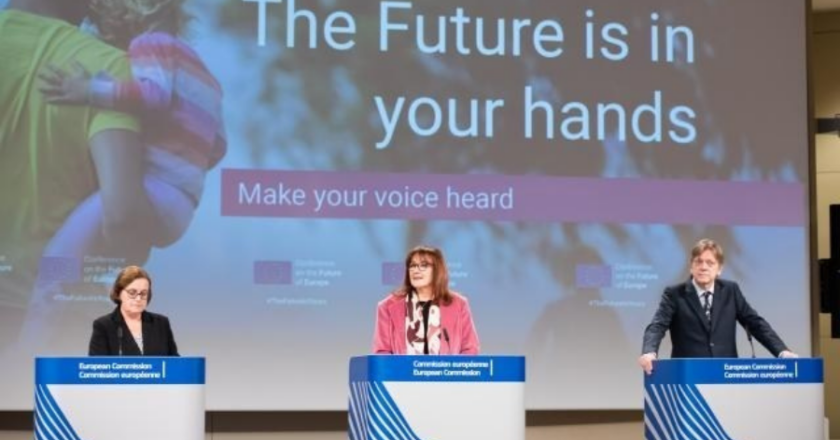
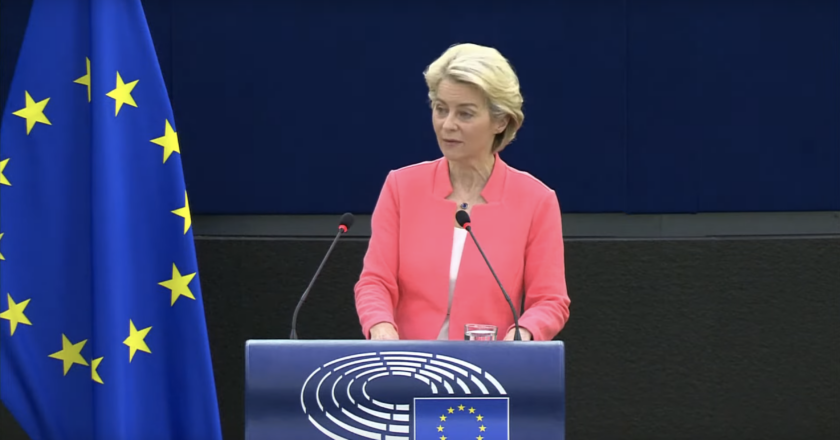
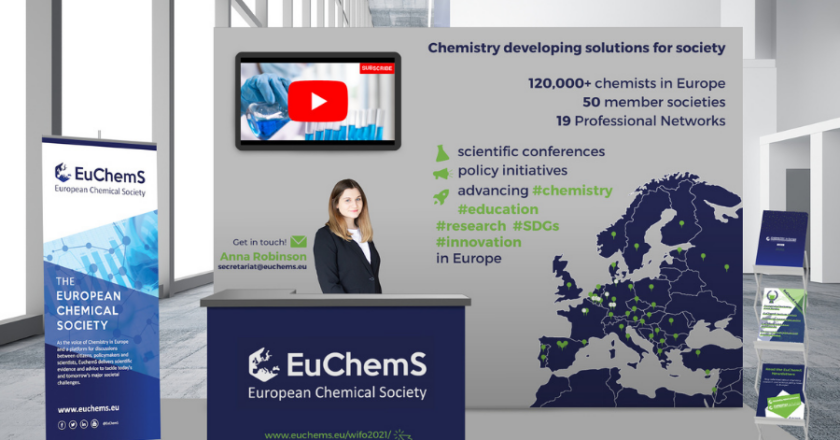
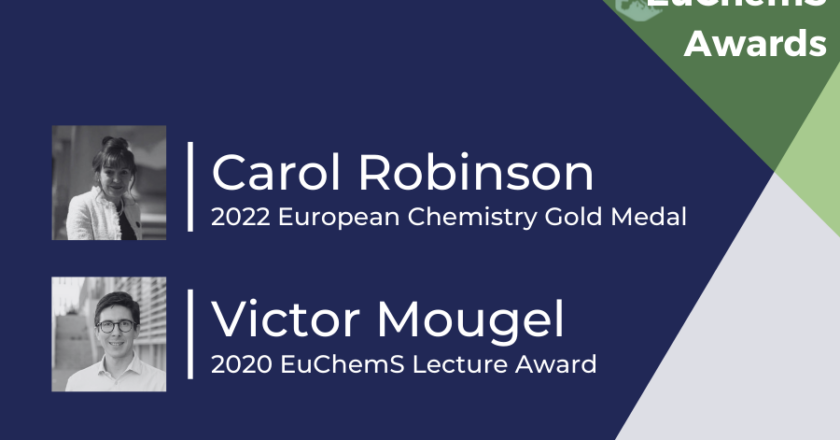

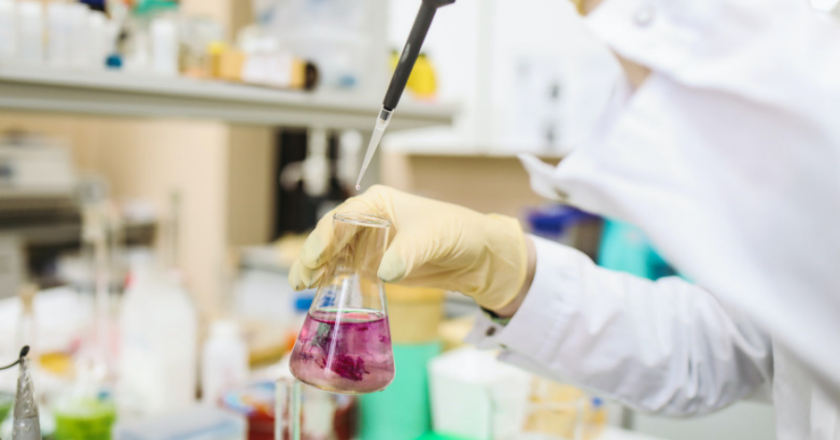
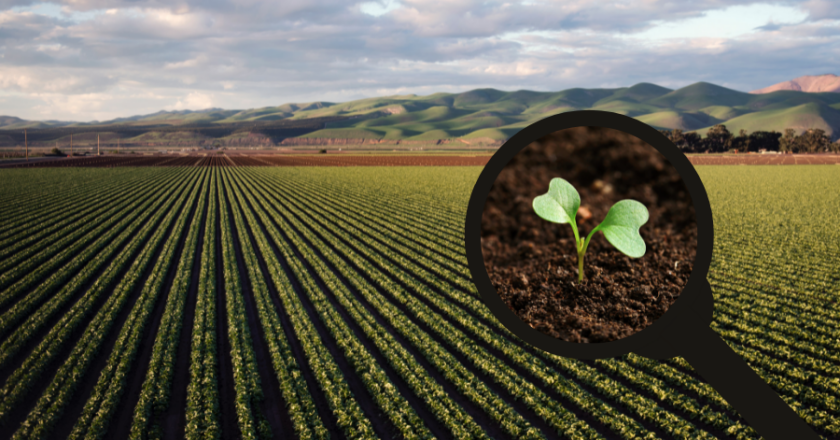

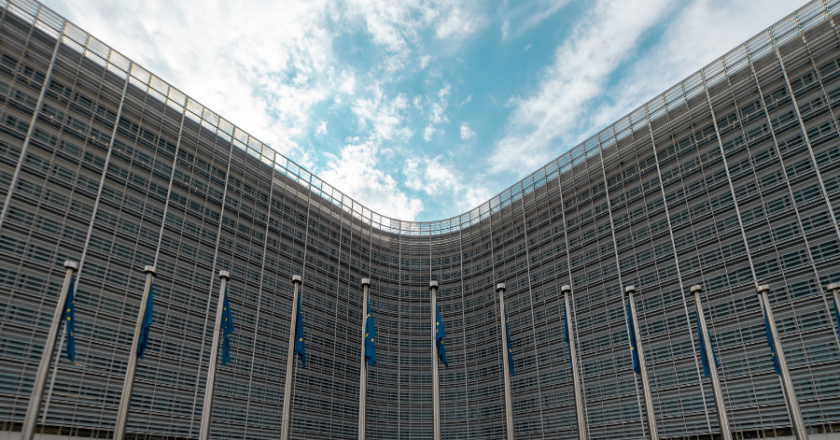

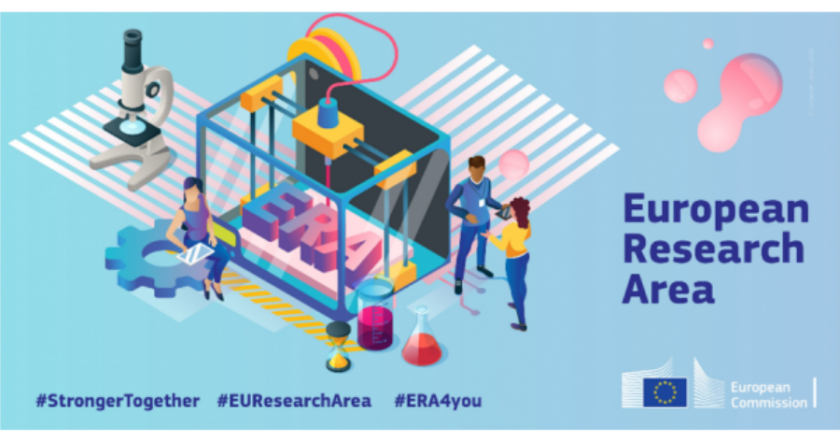
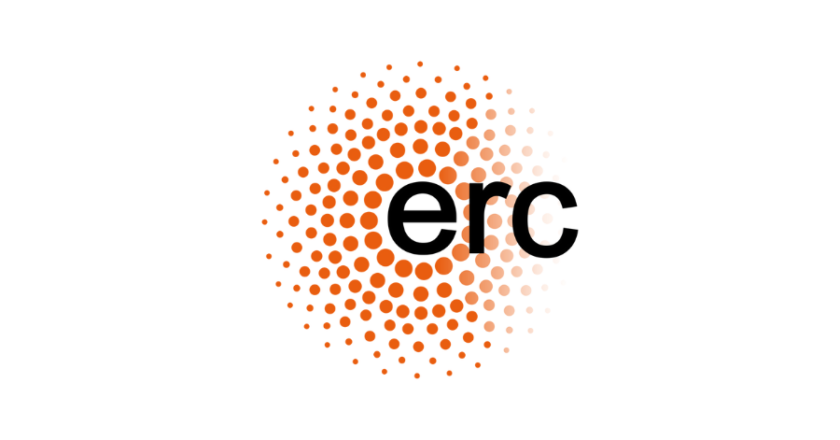
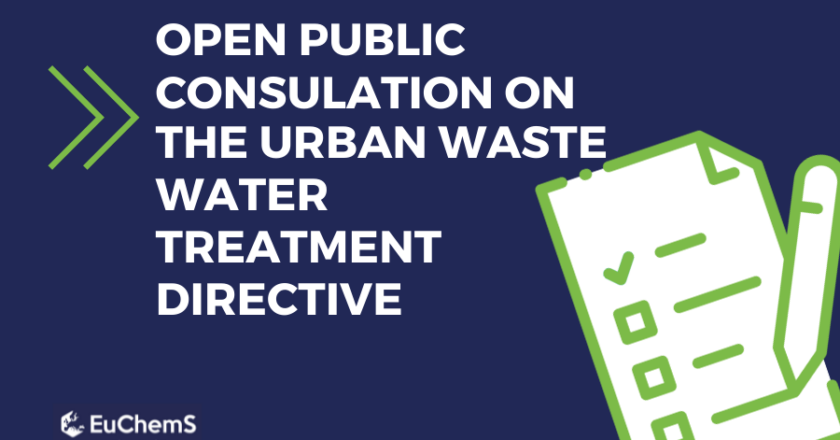
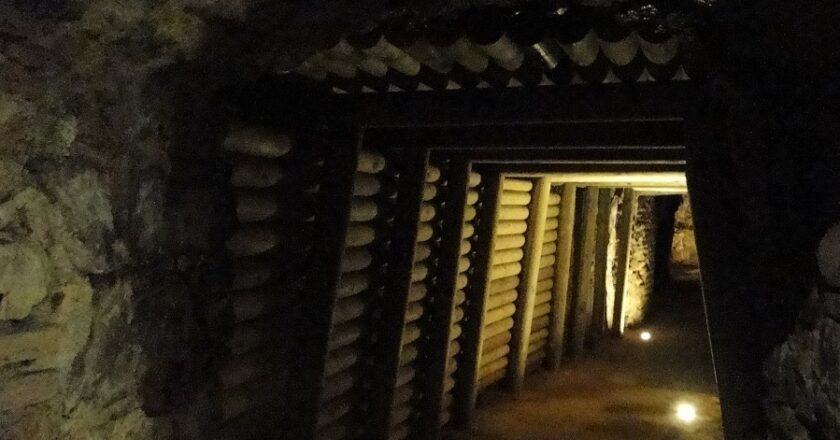
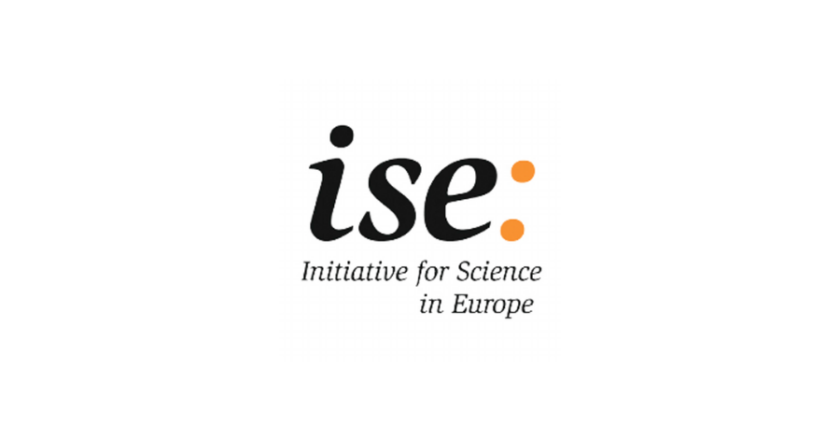



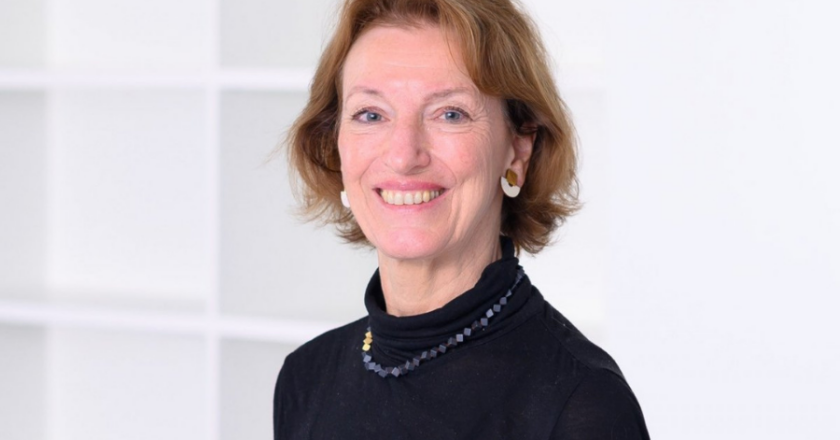
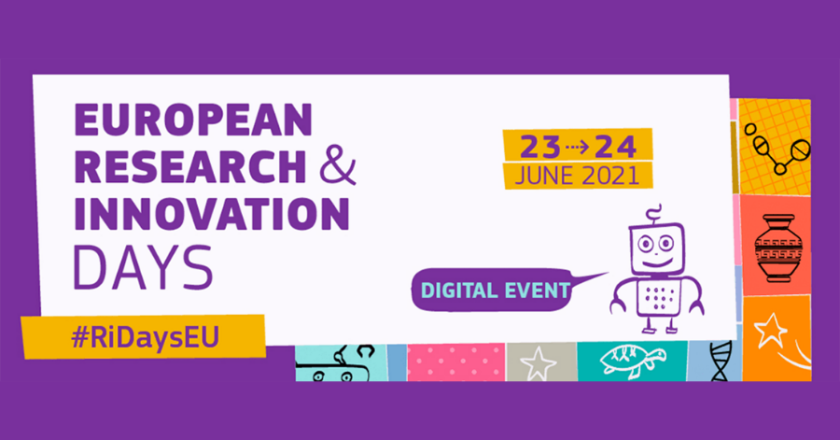

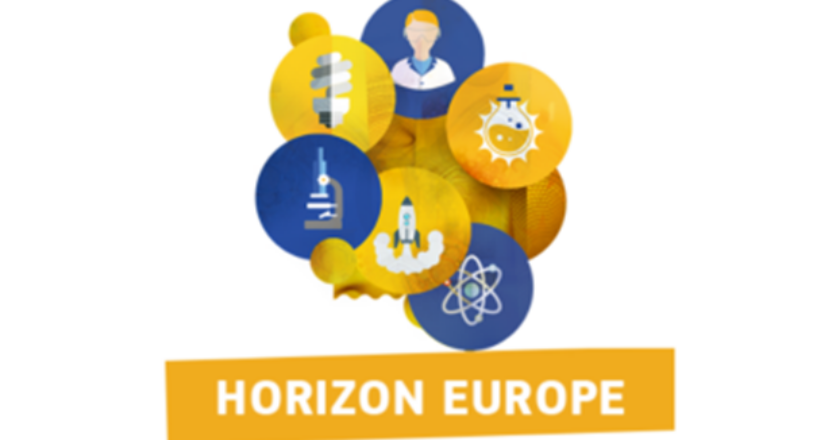
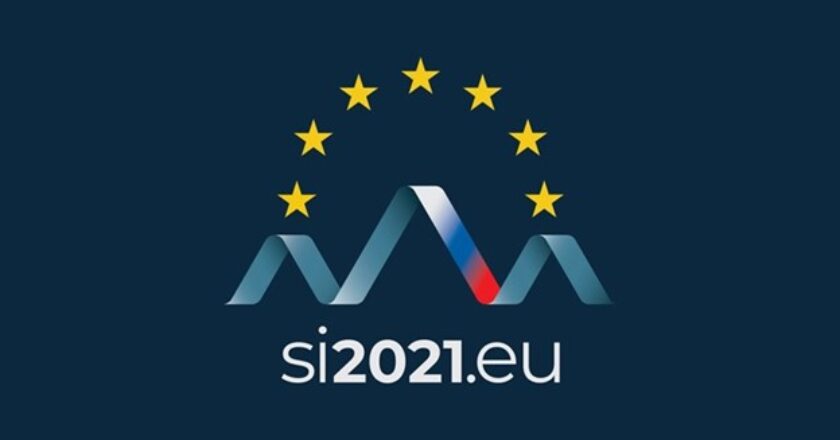
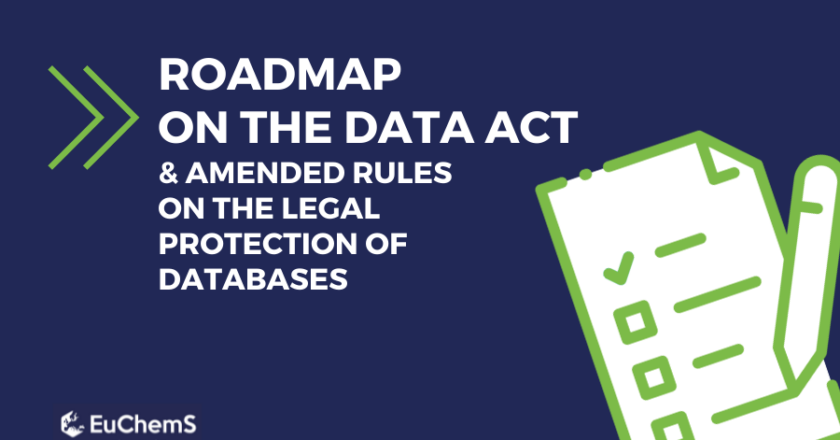
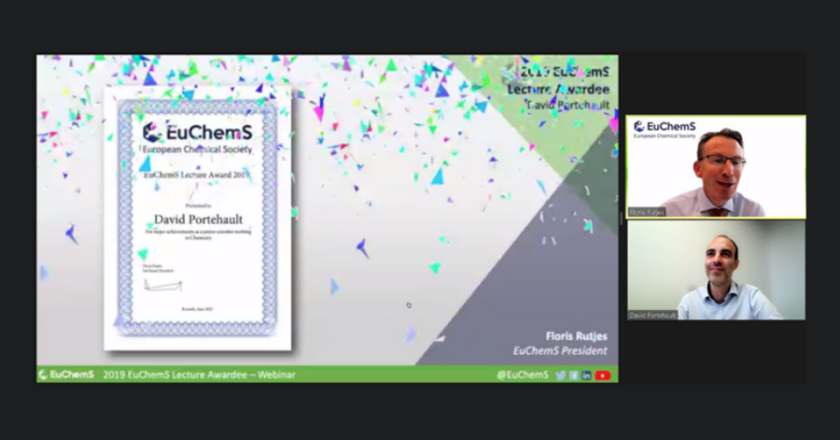

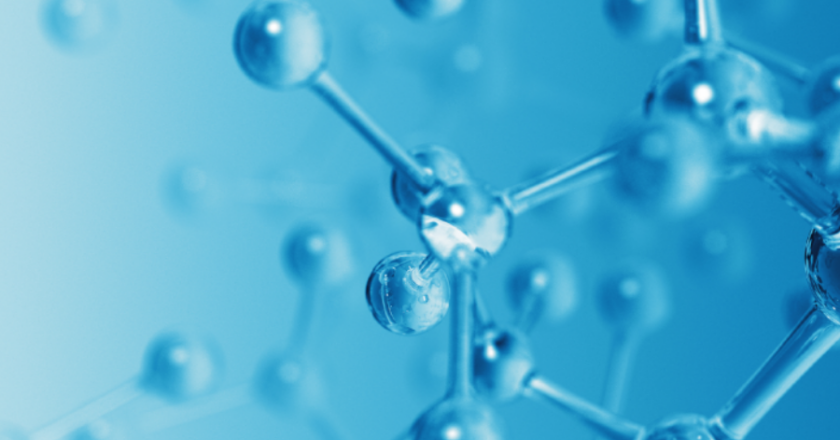


You must be logged in to post a comment.